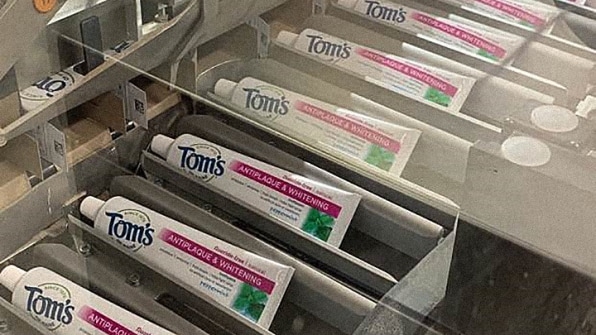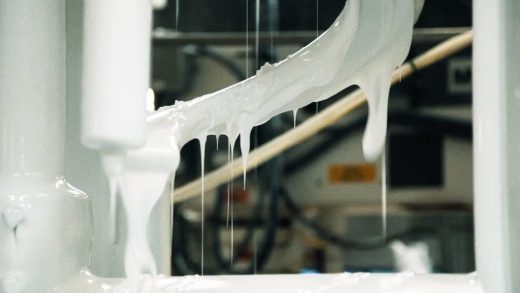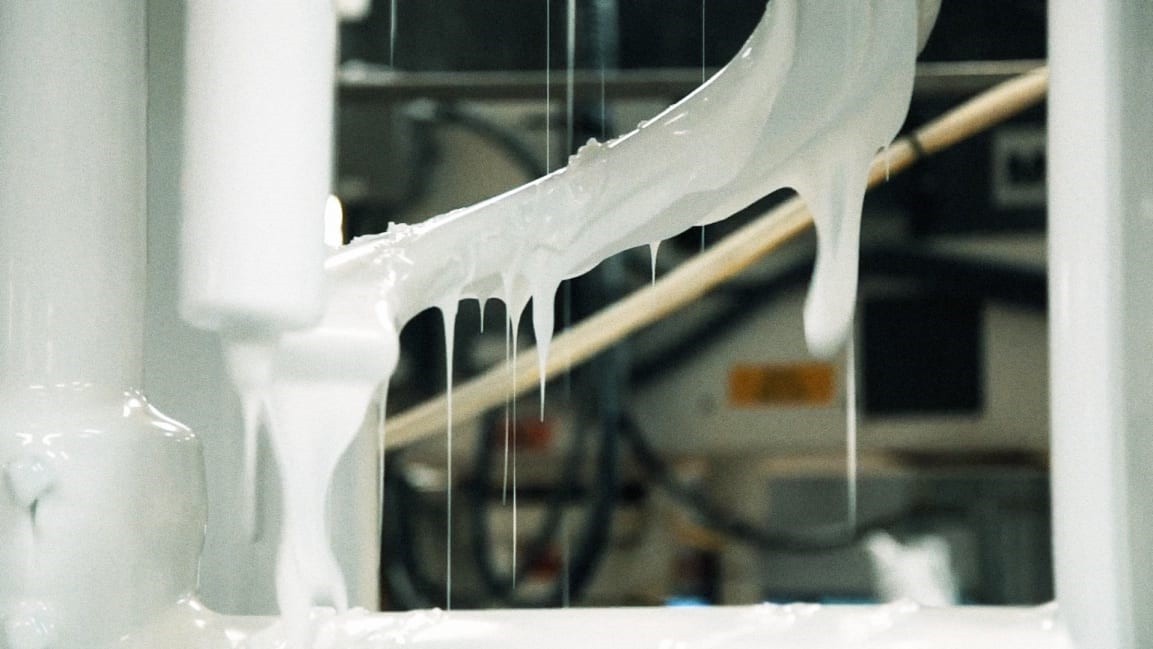Before Tom’s of Maine could go zero waste, it had to figure out how to compost toothpaste
When Tom’s of Maine made a zero-waste goal at its factory in Sanford, Maine, the biggest challenge was toothpaste: The company could figure out how to recycle boxes and save energy and water, but it wasn’t clear how to handle the excess product that didn’t make it into tubes.
“It’s like making a cake,” says Doug Dils, plant manager at the Sanford facility. “We’re taking all these ingredients and adding them together and mixing them. At the end of that process, we try to recoup as much of that product as we can, but there’s always some residual left, in essence, on the side of the bowl.” Every few months, the manufacturing facility might end up with 30,000-plus pounds of extra toothpaste. That used to end up in a landfill.
Now, the company composts it instead, delivering the extra product to a nearby large-scale commercial composting facility called MB Bark. Working with toothpaste “was a very unusual request,” says Bill Crawford, the general manager of MB Bark. It may be the first time that a factory’s toothpaste waste has been composted. The company worked with Tom’s and the experts from the Maine Compost School, a program run through the University of Maine, the Maine Department of Environmental Protection, and the Maine Department of Agriculture, Conservation and Forestry, to generate and test soil samples.

“As you can imagine, everything is natural from Tom’s,” he says. “The only thing we were really concerned about is whether it had any antibacterial aspect to it because what makes the compost go is bacteria.” But the ingredients were suitable for composting, and some were even beneficial. The toothpaste, it turned out, is considered a “good processing residual,” meaning that it works well in composting. Other natural toothpastes would likely also work well.
When the toothpaste shows up from the factory, it’s a little hard to get out of the containers–it’s in a slurry form, rather than a toothpaste-like consistency, but pours very slowly. The company works primarily with food waste; the toothpaste slurry is mixed in with other waste, processed in large buildings, and then the resulting compost is certified organic, so it can be used on farms. There are side benefits, too. “It’s the best-smelling stuff we bring in,” says Crawford.
(24)



